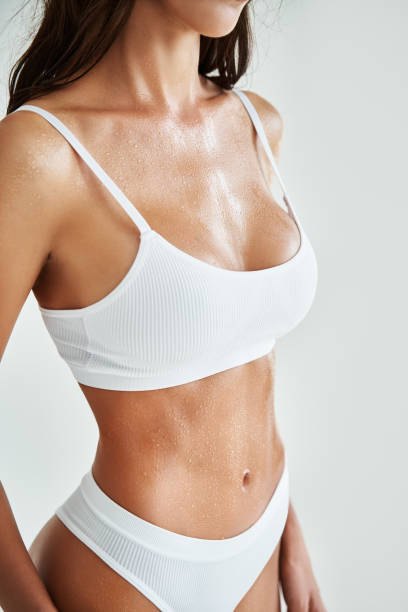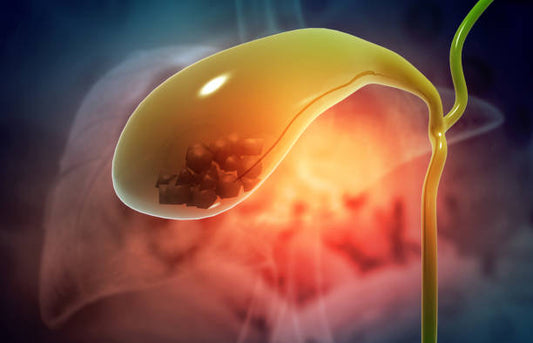# How to Spot Yeast Infections
Yeast infections, also known as candidiasis, are a common type of fungal infection caused by the yeast Candida albicans.
Yeast infections can affect different parts of the body, including the genitals, mouth, and skin. Treatment typically involves antifungal medications and improved hygiene.
Yeast infections can be uncomfortable to deal with, but they are fairly common and easy to treat. Understanding the symptoms and causes of yeast infections can help you identify and treat them quickly. This article will provide an overview of how to spot and treat yeast infections.
## Symptoms of a Yeast Infection
Yeast infections can cause a variety of symptoms, including:
- Itching and burning in the vagina and vulva
- Thick, white vaginal discharge
- Pain during intercourse
- Swelling and redness in the vulva
## Causes of Yeast Infections
Yeast infections are caused by an overgrowth of a type of fungus called candida. This overgrowth can be triggered by a variety of factors, such as:
- Taking antibiotics
- Having unprotected sex
- Having diabetes
- Having a weakened immune system
Treatments for Yeast infection
Yeast infections, also known as candidiasis, are caused by an overgrowth of yeast in the body. When the balance between the good and bad bacteria in the body is disrupted, yeast can begin to grow in the vagina, mouth, skin, or other areas. Yeast infections can cause a range of symptoms, such as itching and burning, and can affect both men and women.
Fortunately, yeast infections are easily treated with over-the-counter medications or home remedies. Here are some of the most common treatments for yeast infections:
1. Over-the-Counter Medications: Antifungal creams and suppositories are available without a prescription and can be used to treat mild yeast infections. These medications are generally safe and effective, but they should not be used during pregnancy.
2. Prescription Antifungal Medications: Your doctor may prescribe stronger antifungal medications, such as fluconazole (Diflucan), if your yeast infection is more severe. These medications may be taken orally or applied directly to the affected area.
Yeast infections can be uncomfortable and embarrassing, but they can usually be treated successfully. Be sure to talk to your doctor if your yeast infection persists or if your symptoms don't improve after a few days of treatment.
Home Remedies to Cure Yeast Infection
1. Eat yogurt or take probiotics: Eating probiotic-rich foods or taking probiotic supplements can help restore the balance of bacteria and yeast in the body.
2. Avoid douches and scented bath products: These products can disrupt the balance of bacteria in the vagina and allow yeast to overgrow.
3. Change clothes after swimming: Wet swimsuits can encourage the growth of yeast, so it’s best to change into dry clothes as soon as possible after swimming.
4. Avoid tight-fitting clothing: Tight-fitting clothing can make the area more prone to yeast overgrowth.
5. Practice good hygiene: Keeping the area clean and dry can help ward off infection.
6. Use apple cider vinegar: Apple cider vinegar can help restore the acidity of the vagina, which can help prevent yeast overgrowth.
7. Use tea tree oil: Tea tree oil has antifungal properties and may help fight yeast infections.












